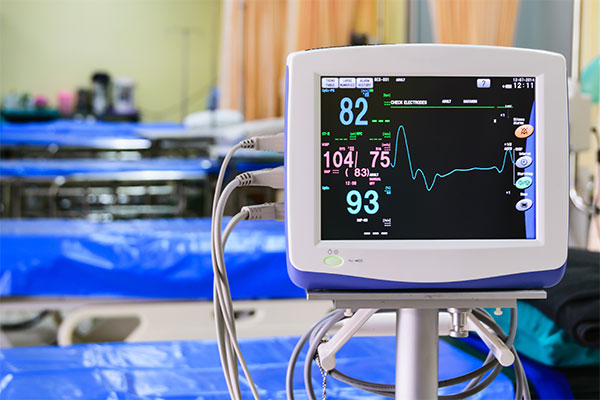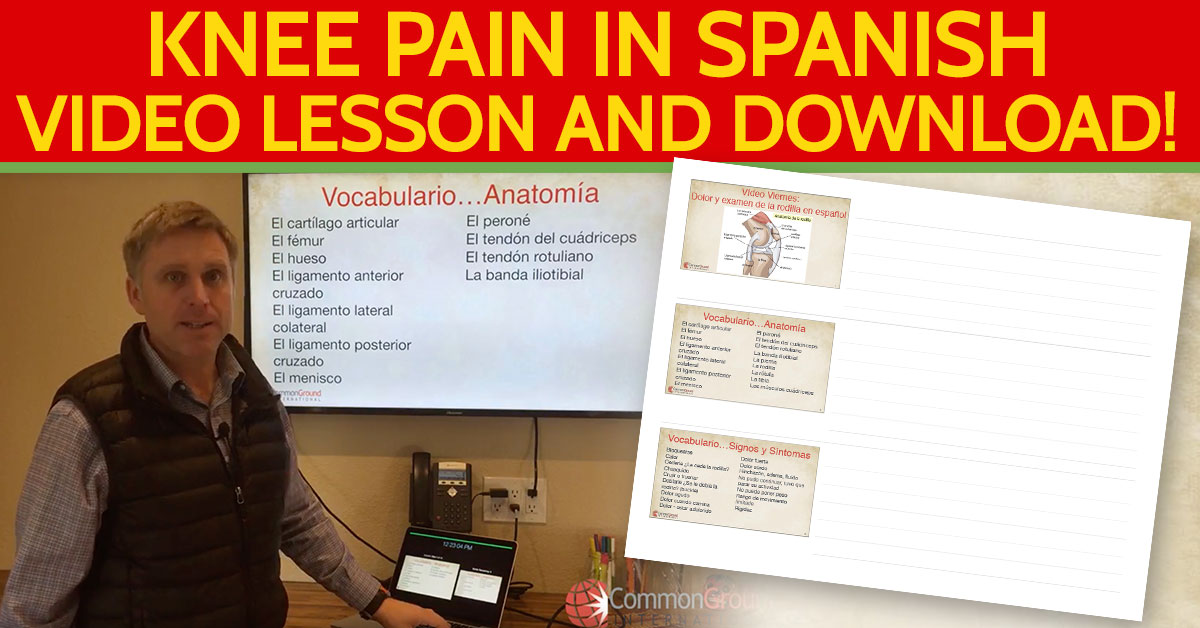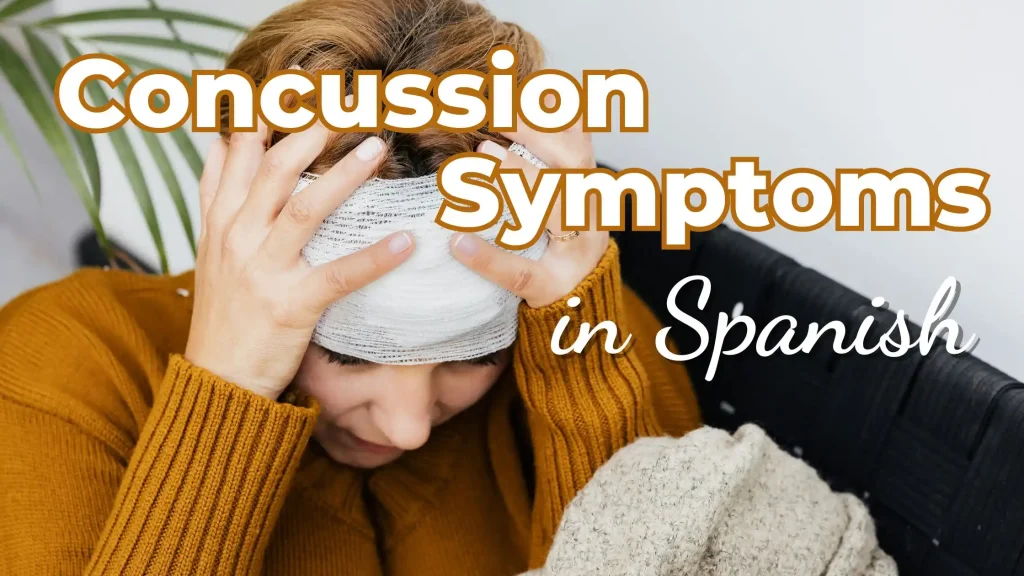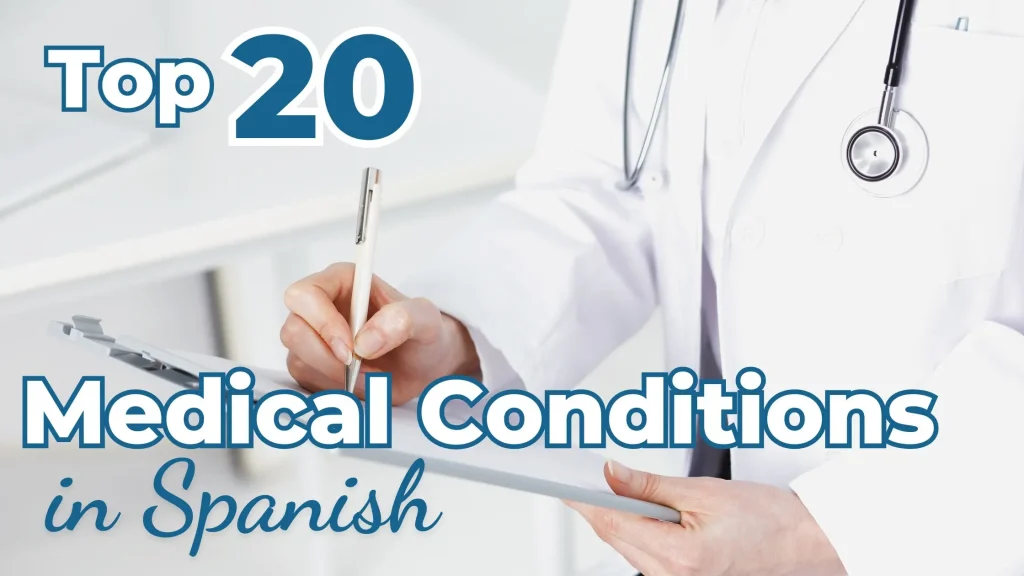In this free Medical Spanish lesson you will learn how to talk about weight loss and management anticipatory guidance in Spanish: Orientación temprana para controlar peso y evitar obesidad.
Last week, we started this “Orientación temprana” topic talking about anticipatory guidance for diabetes. This week, we talk about weight loss and management but focused mostly on kids, so this lesson is for you to learn how to talk to parents about their kid.
In this free medical Spanish lesson you will learn how to discuss the following in Spanish:
- Body Mass Index
- Obesity related diseases
- Diet and physical activity to control weight
- Important tips for parents
- Ways to make suggestions
Here is the Usted Commands for Medical Spanish lesson that I taught on YouTube and to our Facebook group:
Índice de Masa Corporal – Body Mass Index
¿Qué es? – What is it?
El índice de masa corporal es una medición de su talla corporal. Es un cálculo de su altura y su peso. Básicamente mide la grasa corporal.
The body mass index is a measure of your body size. It is a calculation between your height and your weight. Basically it measures your body fat.
| Spanish | English |
| ¿Cuál es el rango saludable para mi hijo? | What is the healthy range for my child? |
| • Entre 5 – 95 percentil en la tabla de crecimiento | • Between 5 – 95 percentile in the growth chart |
| Lo importante es el crecimiento promedio de su hijo. No hay que preocuparse por un punto específico. | • The important thing is your child’s average growth. No need to worry about a specific point |
Related Lesson: Talking About Growth Charts in Spanish
Más sobre Índice de Masa Corporal
Now lest’s talk about explaining this “índice” to your Spanish speaking patients.
| Spanish | English |
| ¿Qué es percentil? | What is percentile? |
| • Percentil es una comparación con otros niños (niñas) de la misma edad de su hijo (hija). | • Percentile is a comparison with other children of the same age as your son or daughter. |
| Por ejemplo, si su IMC es 80 por ciento, significa que 80/100 niños tienen un IMC menor que su hijo y que 20/100 tienen un IMC mayor. | For example, if your BMI is 80 percent, it means that 80/100 children have a lower BMI than your child and that 20/100 have a higher BMI. |
| Si su IMC es 10 por ciento, 10/100 niños tienen un IMC menor que su hijo y que 90/100 tienen un IMC mayor | If your BMI is 10 percent, 10/100 children have a lower BMI than your child and 90/100 have a higher BMI |
| ¿Por qué es importante? | Why it is important? |
| • Obesidad en el futuro: La mitad de adultos obesos eran obesos en su juventud | • Obesity in the future: Half of obese adults were obese in their youth |
| • Otras enfermedades: Los hábitos de dieta y actividad física que se establecen en la niñez tienen consecuencias a lo largo. | • Other diseases: The habits of diet and physical activity that are established in childhood have consequences in the long run. |
Enfermedades relacionadas con obesidad – Obesity Related Diseases
Here you have a list of obesity related diseases with a simple explanation that hopefully you can use with your patients.
Dieta y actividad física para controlar el peso – Diet and Physical Activity to Control Weight
This is the easiest way to explain the 5 2 1 0 diet in Spanish, so that your patients and the parents could apply this advice right away after your visit with them.
Note: “Screen” in this case is “pantalla”.
Note 2: “Televisor” is the TV device, whereas “Televisión” refers to the TV technology and programming.
Related Lesson: Explaining the 5 2 1 0 Diet in Spanish
Consejos importantes – Important tips
These tips could be useful for parents who want to start making changes to their lifestyle in order to control the children’s body weight.
Su tarea – Your Homework
There is a list of ways to make suggestions using unconjugated verbs in Spanish, you can explain easily the next steps to follow.
- Review the notes & highlight the vocabulary you want to use right away
- Identify other vocabulary phrasing you need/want
- Keep it simple:
Es buena idea… (It’s a good idea) + unconjugated verb
Es mejor… (It’s better) + unconjugated verb
Es importante… (It is important to) + unconjugated verb
Hay que… (You have to) + unconjugated verb - Give it a try with your patients!
Now it’s your turn! I packaged all of this vocabulary in Spanish into some flashcards for you to study.
I packaged all of this into easily downloadable .pdf notes–Get your copy for free today!
Free Medical Spanish Terminology Test
If you want to do a free Medical Spanish terminology test head over to certified Spanish, we are currently building a certification platform where you can practice this test for free. You just have to create a free user account here and start practicing your Español Médico 🙂
Related Lessons:
How to Take Vital Signs in Spanish
Do you ever have to take vital signs or communicate to your patients about them…
Tú Commands in Spanish for Healthcare and Clinical Interactions with Young Patients
Medical Spanish Tú commands are a little bit tricky. When you work with kids in…
Neurological Exam in Spanish
Learn the vocabulary and common phrasing for the Neurological exam in Spanish! This lesson covers…
33 Verbs & Useful Phrases for the Physical Exam in Spanish
https://youtu.be/RfBXFzK9HVM Subscribe to our YouTube Channel to see all of our lessons and get the…
Head Eyes Ears Nose & Throat Exam (HEENT) in Spanish
This medical Spanish lesson focuses on talking through the Head Eyes Ears Nose & Throat…
Usted Commands for Medical Spanish in the Clinic
Giving instructions, suggestions and requesting things is a daily aspect of working with patients. In…
Video Lesson: Knee Pain in Spanish – Symptoms, Exam, and Diagnosis
Here is the Knee Pain in Spanish lesson I taught to the Facebook group: This Medical…
Keep up the good work speaking responsible Spanish to your patients! Check out our other books, classes & products to help you learn medical Spanish!
*If the link isn’t working for you, you may need to unblock pop-ups in your browser settings












